Kingston Technology SDHC Class 4 Card Handleiding
Kingston Technology
Overige computer accessoire
SDHC Class 4 Card
Bekijk gratis de handleiding van Kingston Technology SDHC Class 4 Card (14 pagina’s), behorend tot de categorie Overige computer accessoire. Deze gids werd als nuttig beoordeeld door 93 mensen en kreeg gemiddeld 4.6 sterren uit 47 reviews. Heb je een vraag over Kingston Technology SDHC Class 4 Card of wil je andere gebruikers van dit product iets vragen? Stel een vraag
Pagina 1/14

C O M M I T T E D T O M E M O R Y
kingston.com.ash
Flash Memory Guide
Portable Flash memory for computers, digital cameras, cell phones and other devices
Kingston®
, the world’s leading independent manufacturer of memory products, offers a broad range
of Flash cards and USB Flash drives (collectively called Flash storage devices) that employ Flash
memory chips for storage. The purpose of this guide is to explain the various technologies and
Flash memory offerings that are available.
Note: Due to Flash technology changes, specifications listed in this document
are subject to change without notice.

C O M M I T T E D T O M E M O R Y
kingston.com/ash
1.0
2.0
Its enduring commitment
to service and support
makes Kingston an easy
choice for Flash memory.
Flash Memory: Empowering A New Generation of Flash
Storage Devices
Toshiba invented Flash memory in the 1980s as a new memory technology that allowed
stored data to be saved even when the memory device was disconnected from its power
source. Since then, Flash memory technology has evolved into the preferred storage media
for a variety of consumer and industrial devices.
IN CONSUMER DEVICES, FLASH MEMORY IS WIDELY USED IN:
• Notebook computers • Personal computers
• Personal Digital Assistants (PDAs) • Digital cameras
• Global Positioning Systems (GPS) • Cell phones
• Solid-state music players such as • Electronic musical instruments
MP3 players • Television set-top boxes
Flash memory is also used in many industrial applications where reliability and data retention
in power-off situations are key requirements, such as in:
• Security systems • Military systems
• Embedded computers • Solid-state disk drives
• Networking and communication products • Wireless communication devices
• Retail management products • Medical products
(e.g., handheld scanners)
Flash Card or USB Flash Drive Capacity
Some of a Flash storage device’s listed capacity is used for formatting and other functions
and thus is not available for data storage.
When a Flash storage device is manufactured, steps are taken to ensure that the device
operates reliably and to permit the host device (computer, digital camera, PDA, cell phone,
etc.) to access the memory cells — i.e., to store and retrieve data on the Flash storage device.
These steps — loosely called “formatting” — utilize some of the memory cells within the
device and thus reduce the capacity available for data storage by the end user.
Formatting includes the following operations:
1. Testing each memory cell in the Flash storage device.
2. Identifying all defective cells and taking steps to ensure that no data will be written
to or read from a defective cell.
2

C O M M I T T E D T O M E M O R Y
kingston.com/ash
3. Reserving some cells to serve as “spares.” Flash memory cells have a long but nite
lifetime. Therefore, some cells are held in reserve to replace any memory cells that may
fail over time.
4. Creating a File Allocation Table (FAT) or other directory. To enable Flash storage devices
to conveniently store and access customer les, a le management system must be created
to allow any device or computer to identify the les stored in the Flash storage device.
The most common type of le management system for Flash storage devices is the File
Allocation Table (FAT), which is also used on hard drives.
5. Reserving some cells for use by the Flash storage device’s controller, e.g., for storing
rmware updates and other controller-specic information.
6. Where applicable, reserving some cells for special features. For example, the specication
for Secure Digital (SD) cards requires reserved areas to support special copy protection
and security features.
Features of Kingston’s Flash Storage Products
Kingston’s Flash storage devices offer many advantages for both consumer and industrial
applications:
• Flash Storage Device Warranty: Kingston warrants that its Flash storage devices are
free from defects in material and workmanship for the period specied below:
• SD and CF Cards: Lifetime†
• DataTraveler® USB Flash Drives: 5 years
• MobileLite 9-in1, microSD and Media Readers: 2 years
For further details, see kingston.com/company/warranty.asp
• Solid State: Flash storage devices, as semiconductor storage devices, have no moving parts
and thereby are not subject to the mechanical failure issues of hard drives. Their overall
data reliability enabled them to dominate the convenience-oriented portable memory
products market, operating silently with a zero decibel noise level.
• Small Physical Size (or Form Factor): Flash storage devices are designed to be easily
transported. Convenience is an important criterion, especially for consumer and corporate
applications.
• High Data Reliability: Flash memory is very reliable and many of the Flash storage device
types also include Error Correction Code (ECC) checking to detect single-bit errors.
Kingston’s CompactFlash
cards have a rated error
specication of less
than one (1) bit in
1,000,000,000,000,000
bits read, or one (1)
bit per 1015 bits read.
3.0
3
†10-year warranty in France, Germany and Austria.
Product specificaties
| Merk: | Kingston Technology |
| Categorie: | Overige computer accessoire |
| Model: | SDHC Class 4 Card |
Heb je hulp nodig?
Als je hulp nodig hebt met Kingston Technology SDHC Class 4 Card stel dan hieronder een vraag en andere gebruikers zullen je antwoorden
Handleiding Overige computer accessoire Kingston Technology

13 Februari 2024

13 Februari 2024
Handleiding Overige computer accessoire
- Havis
- Alienware
- Datalogic
- EZQuest
- Tripp Lite
- SMK-Link
- Bose
- Rocstor
- Eminent
- Avocent
- IRIS
- Techly
- Fantec
- Raidsonic
- Middle Atlantic
Nieuwste handleidingen voor Overige computer accessoire
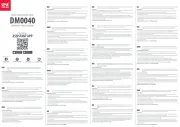
29 Juli 2025
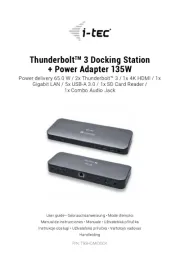
27 Juli 2025
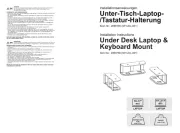
7 Juli 2025

17 Juni 2025
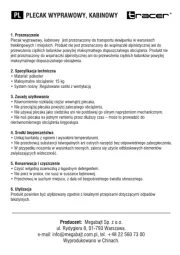
14 Juni 2025

14 Juni 2025
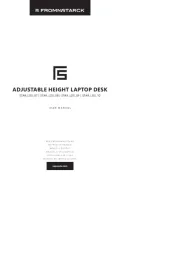
25 Mei 2025
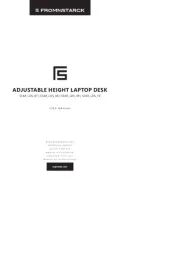
24 Mei 2025
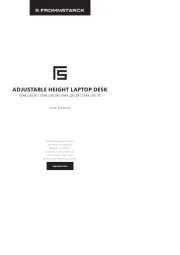
23 Mei 2025
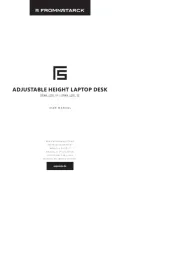
23 Mei 2025